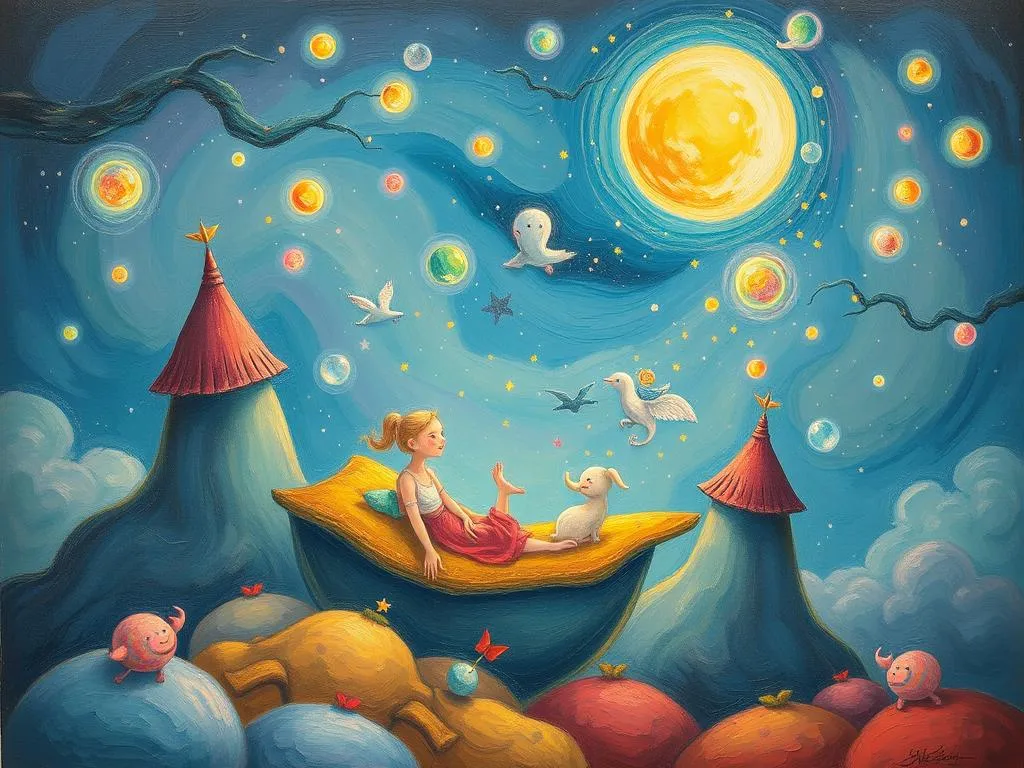
Have you ever woken up from a dream that left you feeling unsettled, intrigued, or even enlightened? Dreams are a window into our subconscious, often reflecting our deepest fears, desires, and unresolved conflicts. Among the myriad of symbols that dance through our nighttime visions, the concept of Bhangi—a term often associated with the caste system in India and linked to themes of marginalization and social stigma—can present a unique lens through which to explore our inner worlds.
In this article, we’ll embark on a journey to unravel the symbolism of Bhangi in dreams, delve into the experiences that may surround these dreams, and discover how they can guide us toward personal growth. By blending cultural perspectives with psychological insights, we’ll uncover the deeper meanings behind this often misunderstood symbol.
The Unseen Struggles: Decoding Bhangi’s Symbolism
When we encounter Bhangi in our dreams, it can evoke a range of emotions and interpretations. Bhangi, as a symbol, often represents marginalization, rejection, and the struggles faced by those deemed ‘unclean’ or ‘outcast.’ However, it also holds deeper meanings related to self-acceptance and transformation.
-
Marginalization: Seeing a Bhangi figure may reflect your own feelings of exclusion or being judged by others. This could be related to a recent experience of feeling ostracized in social or professional settings. It serves as a reminder to confront these feelings and seek out the root causes.
-
Rejection of the Self: Dreams featuring Bhangi may mirror your internal conflicts regarding self-worth. If you perceive yourself as an outsider in your own life, this dream might be encouraging you to embrace your individuality, regardless of societal expectations.
-
Transformation and Growth: On a more positive note, Bhangi can symbolize the potential for transformation. Just as the marginalized often have rich stories of resilience, your dreams may be prompting you to tap into your own strength and the lessons learned from hardship.
-
Cultural Reflection: Understanding Bhangi within the context of the caste system is essential. It serves as a poignant reminder of social injustices that persist today. Your dream could be nudging you to reflect on your own societal beliefs and how they shape your interactions with others.
-
Emotional Release: Finally, Bhangi in dreams can indicate a need for emotional release. If you’ve been carrying the weight of societal pressures or personal judgments, this symbol might be encouraging you to let go and find a healthier outlet for your feelings.
By examining the symbolism of Bhangi, we begin to see how it resonates with our own experiences, both personal and collective. As we navigate these meanings, we can identify specific scenarios in which this symbol may present itself.
Into the Depths: Scenarios of Bhangi Dreams
Dreams often take on vivid and surreal forms, each telling a story that reflects our inner thoughts and feelings. Here are a few scenarios where Bhangi may appear, each illustrating a different aspect of this symbol and its implications for your waking life:
-
The Outcast: You dream of being in a crowded place but feel entirely alone, surrounded by people who seem to turn their backs on you. This dream may signify your feelings of isolation, perhaps stemming from a recent experience where you felt unrecognized or undervalued. It’s a call to acknowledge your feelings and seek connections that affirm your worth.
-
The Judgment: In your dream, you witness a Bhangi figure being ridiculed by others, and you feel compelled to intervene. This scenario might represent your desire to stand up against injustice, not just externally, but also within yourself. It’s an invitation to confront your own biases and consider how you may have internalized societal judgments.
-
The Transformation: You dream of meeting a Bhangi character who teaches you valuable lessons about resilience and strength. This figure embodies the potential for transformation. In waking life, this dream could be urging you to embrace your struggles as opportunities for growth, reminding you that your past does not define your future.
-
The Reflection: You find yourself in a mirror with a Bhangi figure appearing alongside you. This dream symbolizes the duality of your identity—how you perceive yourself versus how society perceives you. It encourages you to explore the aspects of yourself that you may have hidden due to fear of judgment, and to embrace your whole self.
-
The Healing: You dream of sharing a meal with a Bhangi figure, experiencing a profound sense of connection and understanding. This scenario speaks to the healing power of compassion and inclusion. It might be a nudge to foster empathy in your relationships and to seek out diverse perspectives in your life.
These dream scenarios illustrate how Bhangi can serve as a mirror reflecting our social realities, personal struggles, and the journey toward self-acceptance. Understanding these experiences can pave the way for deeper insights into our emotions and behaviors.
Embracing the Journey: Personal Growth Through Bhangi Dreams
Dreams featuring Bhangi can serve as powerful catalysts for personal growth and transformation. Here are some practical insights on how to use these dreams to foster a deeper understanding of yourself and your place in the world:
-
Self-Reflection: After experiencing a Bhangi dream, take time to reflect on your feelings upon waking. What emotions did the dream evoke? Journaling your thoughts can help you clarify the underlying messages of the dream and identify areas of your life that may need attention.
-
Challenge Societal Norms: Use the symbolism of Bhangi to question societal beliefs and norms that may be affecting your self-image. Are there biases you hold, consciously or unconsciously? Engaging with diverse communities and perspectives can help you break down these barriers and foster greater empathy.
-
Embrace Vulnerability: Bhangi dreams often highlight feelings of exclusion or judgment. Allow yourself to be vulnerable and share your experiences with trusted friends or family. Opening up about your feelings can create a supportive environment that encourages healing and acceptance.
-
Seek Transformation: Consider how the themes of resilience and transformation in your dreams can inspire you to embrace your challenges. Identify one small change you can make in your life that aligns with the lessons of strength and growth you’ve gleaned from your dreams.
-
Practice Compassion: Finally, let the essence of Bhangi guide you toward compassion, both for yourself and others. Acts of kindness, whether small or large, can create ripples of change in your life and the lives of those around you. Embracing inclusivity and empathy can foster a sense of belonging that combats feelings of isolation.
As you navigate the complexities of dreams featuring Bhangi, remember that they are not merely random images, but rather profound messages from your subconscious. Every dream holds a key to understanding yourself better, and the journey of self-discovery is an ongoing process.
In conclusion, Bhangi in dreams invites us to explore our own feelings of marginalization and acceptance. By embracing the symbolism and experiences this concept represents, we can embark on a path of profound personal growth. Open your heart to the messages of your dreams, and allow them to guide you toward a more authentic and fulfilling life.
Reflect on this: What do your dreams reveal about the hidden aspects of your identity, and how can you embrace them to foster a greater sense of belonging and self-acceptance? Your journey awaits.







